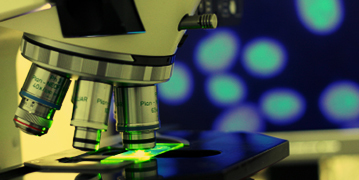Hope for the Future: Non-Invasive Treatments and Research for Paralysis
Join Our Movement
What started as an idea has become a national movement. With your support, we can influence policy and inspire lasting change.
Become an Advocate
Whole-body vibration therapy has been in use for quite a while but is really coming into more use. It has been exploding in exercise physiology for everyone, which has drawn more attention from those with paralysis. In this treatment, the individual rests their feet on a platform that vibrates, affecting the entire body. It enhances function. There is some thought that the vibration may affect the brain, disturb hidden blood clots, or affect unstable fractures and advanced osteoporosis. Check with your health care professional prior to investigating or trying this treatment.
Transcranial Electrical Stimulation (TES) has been explored for a number of years. This treatment has been used and continues to be an understudy for movement issues. In this treatment, a large magnet is placed near the outside of the head to realign or reorder the mapping of the electrical flow of the brain. There are studies that are mapping the electrical flow in the spinal cord. Although some studies have demonstrated varying improvement in individuals with Parkinson’s disease and a reduction of spasticity in individuals with cerebral palsy, many others with motor issues have so far eluded effective treatment. The principles of this treatment, to reconfigure neural function, have scientific logic. The application is yet unclear. More in this area of study will be forthcoming.
Neuroplasticity is the desire of the body to heal itself. Just as you can see your skin attempts to heal itself by closing a wound, the nervous system attempts to heal itself as well. New connections can be made by creating new sprouts or finding new pathways to make connections. This reforming is called neuroplasticity, the ability to change and reform. Your nervous system is doing it right now. It will continue to do it. Ways to create neuroprotective and neuro-regenerative stimulation to overcome neurodegeneration and secondary complications are being studied every day. Next week, an exploration of internal body research for paralysis will be explored.
Pediatric Consideration:
Children’s nervous systems continue to develop. This can be seen when children learn to talk, toilet, and walk, among many other body functions. Teen’s nervous systems are also developing as their brain function becomes more intellectually developed in thinking and judgment. Recovery of a developing nervous system is enhanced as the plasticity or ability to adapt is greater.
Pediatric habilitation and rehabilitation are rapidly progressing. It does take time to modify and find the right therapies and treatments for forming bodies. Learning about adult treatments can help you plan for the future of your child.
